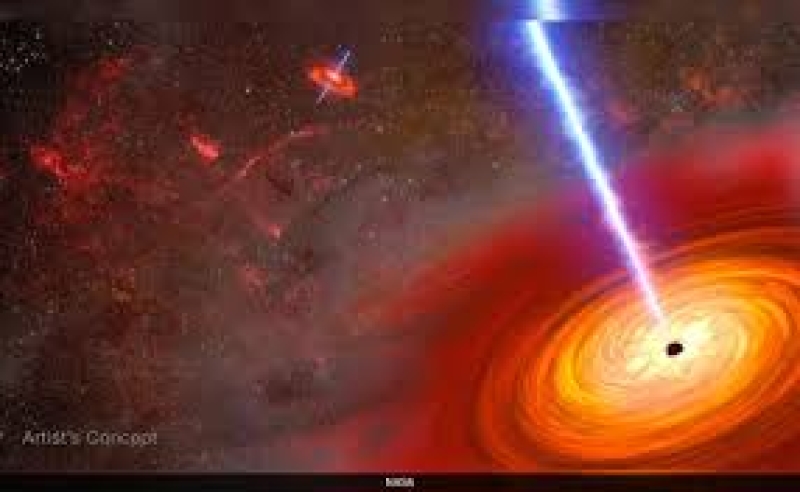- Exporters to import duty-free raw materials: NBR Chairman |
- Gaza aid flotilla activists say second boat hit by suspected drone |
- Shibir-backed candidates win top DUCSU posts with big margin |
- Female dorm Ruqayyah Hall comes up for Shibir this time |
- Bangladesh 2024, Nepal 2025: Youth Movements Force Leaders Out |
Scientists find biggest black hole merger ever recorded

Scientists have observed the largest black hole merger ever detected, marking a historic breakthrough in astrophysics. The colossal event occurred around 10 billion light-years from Earth and was observed through powerful gravitational waves picked up by detectors like LIGO.
According to The Guardian, two black holes, each more than 100 times the mass of the sun, spiraled toward one another and eventually collided, creating an even larger black hole. The merger was detected in November 2023 by observatories in Washington and Louisiana.
The black holes initially orbited each other before merging and releasing gravitational waves — ripples in space-time — in the process. Science News reports that the resulting black hole has a mass roughly 225 times that of the sun, surpassing the previous record of 140 solar masses from a single black hole collision. Remarkably, one of the black holes involved in this recent merger had nearly that much mass alone.
Researchers at LIGO believe these black holes likely formed through previous black hole mergers rather than from the collapse of massive stars, which may explain their extraordinary size.
Professor Mark Hannam, who leads the Gravity Exploration Institute at Cardiff University, described the black hole collisions as “the most violent and powerful events in the universe.” He noted that the gravitational waves produced were thousands of times smaller than a proton, making them extremely difficult to detect by the time they reached Earth.
The waves caused the detectors to move slightly during what scientists call the “ringdown phase,” which lasted just one-tenth of a second.
“These were the biggest black holes ever measured using gravitational waves,” Hannam said, adding that such large black holes were expected to form relatively easily.
Most black holes originate when massive stars collapse after exhausting their nuclear fuel, creating extremely dense objects that bend space-time to form an event horizon — a boundary from which even light cannot escape.
To date, scientists have recorded 300 black hole collisions using gravitational wave measurements, reports UNB.

